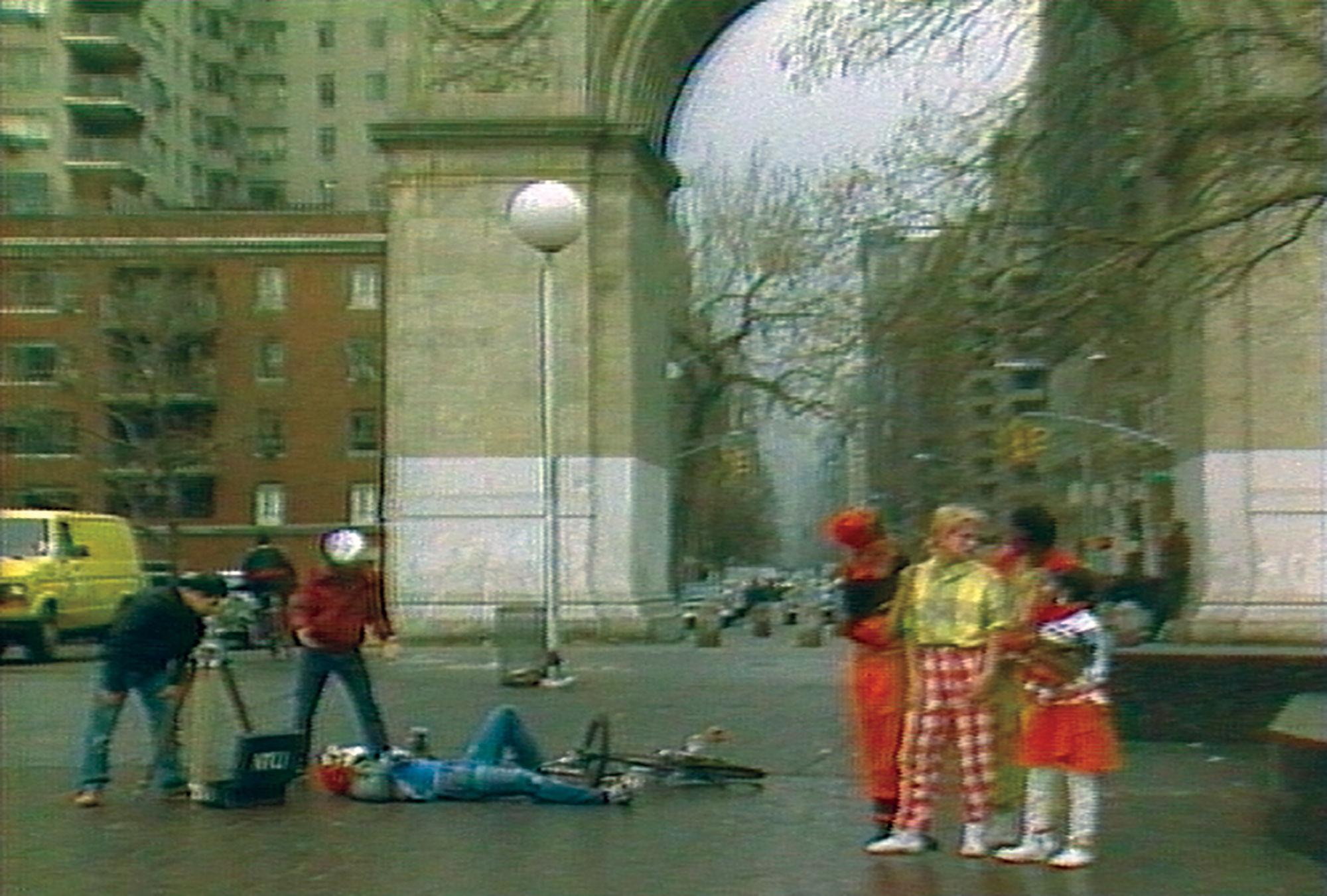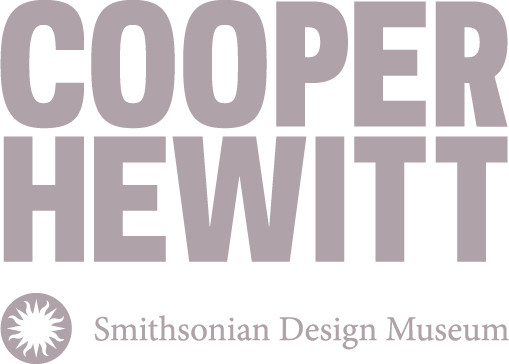Les Levine
Artist/Video Director
 Les Levine, Still from Made in New York, 1984
Les Levine, Still from Made in New York, 1984
When Laurie Mallet asked me to make a videotape for the WilliWear launch of the artist T-shirts in 1984, I imme- diately thought I had to come up with something that represented both Willi and his zeitgeist. So, of course, Made in New York is not only the title, it is a metaphor for Willi and his tuned-in, street-smart design.
Everything about New York was included: art, dance, theater, people hoping to make it, glamour, fashion, street jazz. Willi knew how to incorporate all of these elements into what young people wanted to wear to both stand out and blend in. Mark Bozek and Sophie Craze supplied us with clothes and models.
Everything about New York was included: art, dance, theater, people hoping to make it, glamour, fashion, street jazz. Willi knew how to incorporate all of these elements into what young people wanted to wear to both stand out and blend in. Mark Bozek and Sophie Craze supplied us with clothes and models.
I needed a storyline to make it all work. A young woman comes to New York to establish herself as an artist. She makes friends in the art scene and the fashion world. She’s running from one scene to the next trying to take everything in. She goes to the artists’ studios. She asks them the meaning of their art. They ask her why she doesn’t make T-shirts. Other things happen. She goes to galleries. Her purse is snatched on 42nd Street. She sees a not-so-glamorous side of New York, and all the time she’s interacting with people on the streets.
This was our starting point, the skeleton. Of course, it changed dramatically during production. Mary Beth of Bumble & Bumble, a fantastic makeup artist, came to the studio and told me I had to hire her. When I saw her first made-up face, I knew we had a glamour machine. Then Arnie Zane and Bill T. Jones did an amazing perfor- mance, and the production was in high gear. With Willi’s clothes and Mary Beth’s faces and Arnie Zane and Bill T. Jones and artist T-shirts, we had a very professional- looking product.
This was our starting point, the skeleton. Of course, it changed dramatically during production. Mary Beth of Bumble & Bumble, a fantastic makeup artist, came to the studio and told me I had to hire her. When I saw her first made-up face, I knew we had a glamour machine. Then Arnie Zane and Bill T. Jones did an amazing perfor- mance, and the production was in high gear. With Willi’s clothes and Mary Beth’s faces and Arnie Zane and Bill T. Jones and artist T-shirts, we had a very professional- looking product.
At this point performers started showing up at the studio saying, “I want to be in the Willi video,” and often they would add, “Can I get some of Willi’s clothes?” We were incorporating more elements, more dancers, more singers. We tried to show every aspect of New York: art galleries, museums, cafeterias, street life, and the city and its architecture from all points of view. After about a week of production I realized that we had a creative snowball that was just gathering more and more layers of action each day.
We added a number of children on camera and asked them questions to which they gave answers such as, “You look very pretty today” and “I really like your hair,” amplifying the notion of cute humor. We added computer-generated transitions by Linda Gottfried. We traveled up and down Manhattan to show all its points of view and, of course, to show the T-shirts in a great variety of situations. Everywhere we went we would be asked about the exciting clothes the performers were wearing. The response in the streets was really happy.
Finally, we went to the Garment District, turning heads left and right as we made our way to the WilliWear showroom for the final scene and an interview with Willi. He was calm and thoughtful, very much connected to the streets, to the people and how they looked, to the culture, to the arts, to the glamour, to the vibrancy of color and nightlife. He had a joy in his vision. He knew the New York world upside down and inside out and how those New Yorkers wanted to look and have fun and be alive. The video is continually in motion, covers the whole city, is very upbeat, and shows the joy of the clothing. It is a metaphor for the spirit of Willi Smith and his New York.
We added a number of children on camera and asked them questions to which they gave answers such as, “You look very pretty today” and “I really like your hair,” amplifying the notion of cute humor. We added computer-generated transitions by Linda Gottfried. We traveled up and down Manhattan to show all its points of view and, of course, to show the T-shirts in a great variety of situations. Everywhere we went we would be asked about the exciting clothes the performers were wearing. The response in the streets was really happy.
Finally, we went to the Garment District, turning heads left and right as we made our way to the WilliWear showroom for the final scene and an interview with Willi. He was calm and thoughtful, very much connected to the streets, to the people and how they looked, to the culture, to the arts, to the glamour, to the vibrancy of color and nightlife. He had a joy in his vision. He knew the New York world upside down and inside out and how those New Yorkers wanted to look and have fun and be alive. The video is continually in motion, covers the whole city, is very upbeat, and shows the joy of the clothing. It is a metaphor for the spirit of Willi Smith and his New York.

